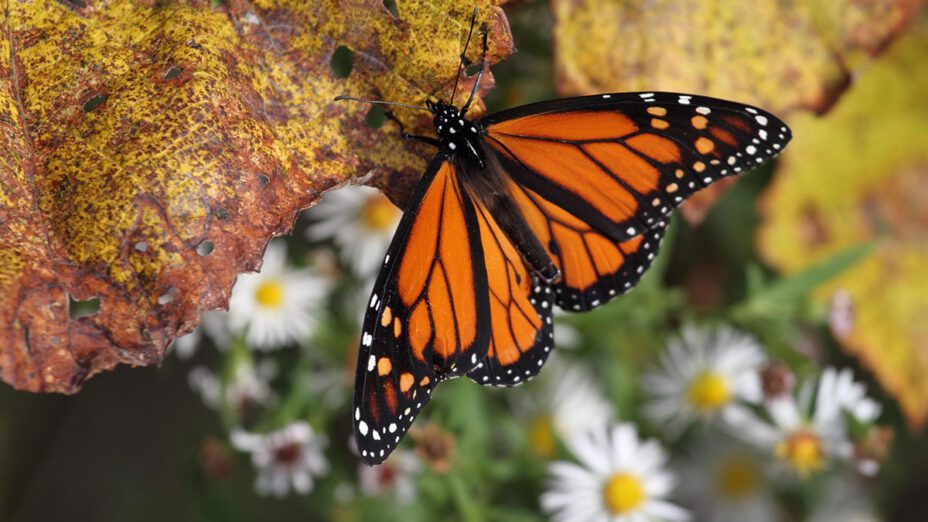
With its bright orange wings and nearly 3,000-mile migration, the monarch butterfly captures our hearts. Few insects are more iconic.
Unfortunately, monarchs are endangered, and there’s a chance that future generations might not be able to experience seeing a luminescent orange monarch in flight themselves.
We’re working to protect this one-of-a-kind species, by planting milkweeds on and around Mount Diablo, which is a part of its migration route.
Propagating and Planting Milkweed
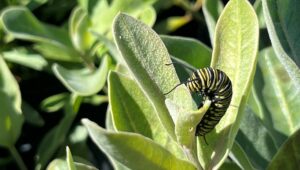
Monarch caterpillar on milkweed by Sean Burke
When it comes to milkweed, we can’t put just any milkweed into the ground. It needs to be a native species that will be able to thrive in the area and best suit the West Coast monarch population.
On our properties, we’re planting California milkweed (Asclepias californica) and narrowleaf milkweed (Asclepias fascicularis), which are both native to California.

Filled milkweed seed bags. Photo by Haley Sutton
Last summer, we collected bags and bags of California milkweed seeds to propagate at the Watershed Nursery.
We collected the milkweed seeds without harming the plants by placing mesh bags around the seed pods so that when they broke open, the seeds spilled into the bags for our team to easily gather.
The propagation was immensely successful, and in December we picked up several hundred milkweed plants that will be planted on our properties in the coming months!
We look forward to potentially finding lots of monarchs in coming years after the milkweeds are planted.
We’ve already begun planting in several locations, including at the new interpretive gardens within our Mangini Ranch Educational Preserve.
Visitors to Mangini Preserve should take a minute to see if they can find our newly planted narrowleaf milkweeds near the entrance.
A Big Discovery
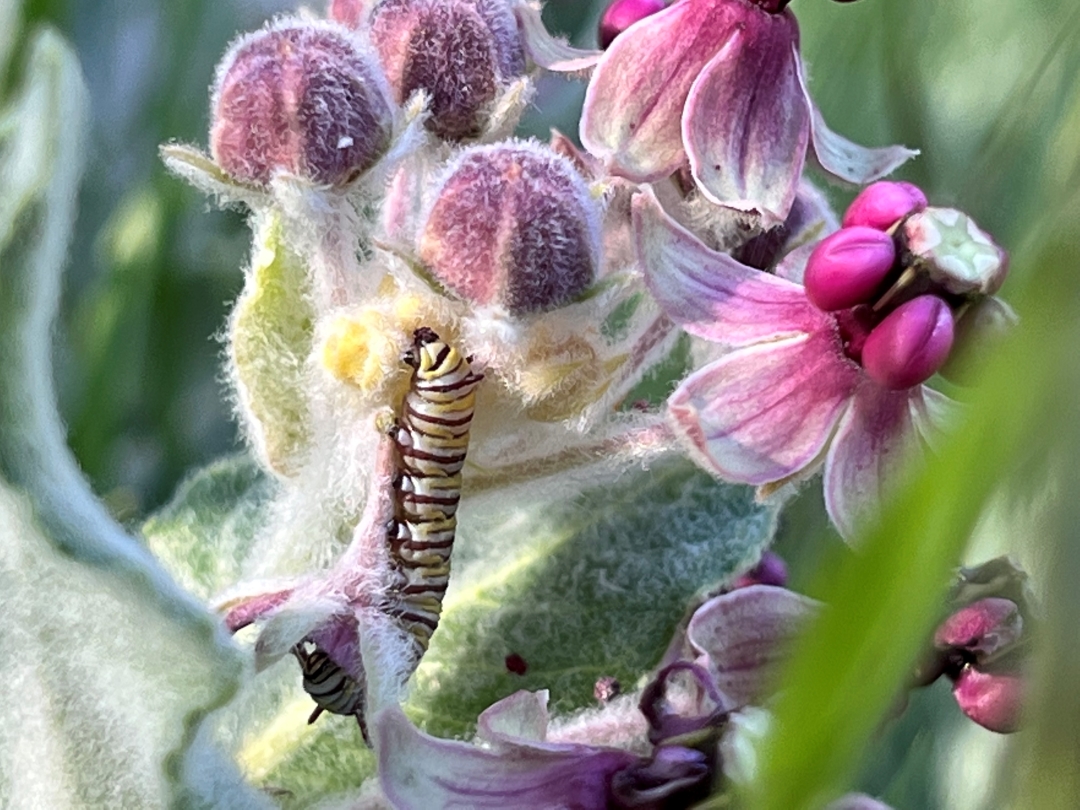
We’ve been mapping the milkweeds in the greater Mount Diablo region in an effort to strategically plan restoration for monarchs.
And in 2022, for the first time, we found monarch caterpillars on some of our California milkweeds.
This discovery was a big deal. Our Land Programs Director, Sean Burke, had been looking for monarchs in this region since 2016, and this was his first time seeing them in the Mount Diablo area.
Monarchs were found on Mount Diablo in seven different locations last year.
As the Monarch Population Plummets

Photo by USFWS
The IUCN officially classified the migratory monarch butterfly as an endangered species in 2022. Its population had shrunk by more than 70 percent in the last decade.
According to the Xerces Society, some of the largest causes of this decline are development, herbicides, and habitat degradation caused by the use of pesticides.
Key to ensuring the recovery of this species is the preservation, restoration, and stewardship of land that supports native milkweeds and nectar plants.
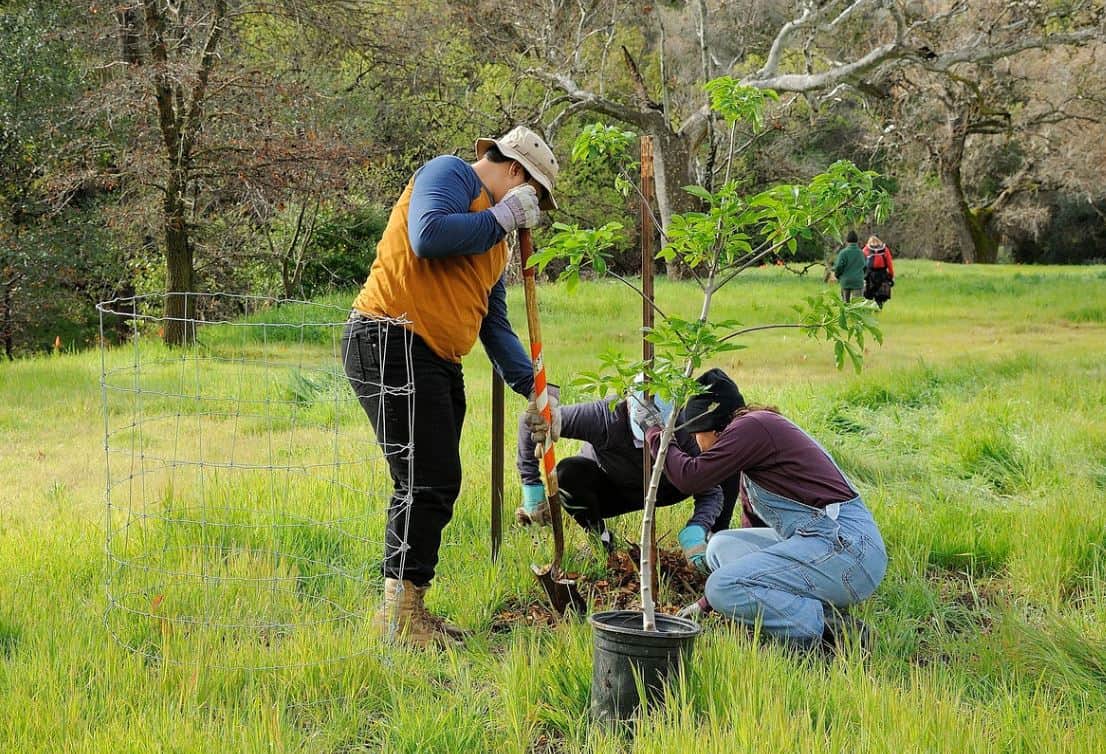
Planting native plants at Save Mount Diablo’s Big Bend property on in the Marsh Creek watershed, Clayton. Photo: Al Johnson
Over the next few years, we’ll be expanding our milkweed planting program so that monarch caterpillars will have more safe places to feed on and around Mount Diablo.
We’ll also continue to plant natives that can provide nectar to the monarchs. (The caterpillars need milkweed; the butterflies need native plant species that provide nectar.)
And we’re continuing to study the locations of naturally occurring milkweeds on and around Mount Diablo. This effort enables us to better understand the conditions that allow milkweeds to thrive and informs our planting program.
How You Can Help Monarchs and Other Pollinators

Photo by USFWS
Do you enjoy getting outside and gardening? Consider adding some native milkweeds and nectar plants to your garden! A few plants in your yard or even in containers can be a haven in a sea of development and can be the difference for monarchs on their migratory journey.
Monarchs aren’t the only endangered pollinators; many species of pollinators are experiencing similar catastrophic declines because of habitat loss, pesticides, and herbicides.
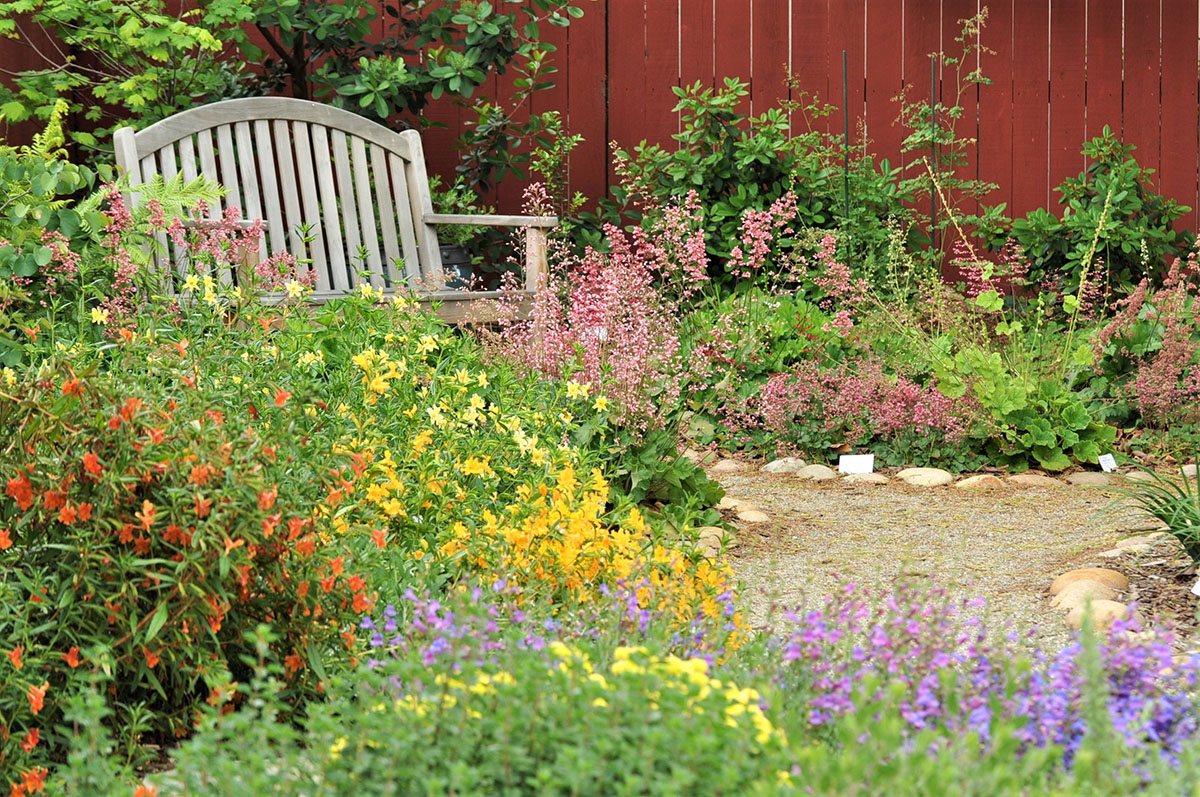
California native plant garden including plants to feed pollinators. Photo by Jeff Silva / CC BY
A pollinator-friendly garden can make a huge difference for your local ecosystem, supporting biodiversity and beautifying the neighborhood.
Learn more about the benefits of creating your own pollinator-friendly garden through the Xerces Society’s pollinator conservation program.
For inspiration and information on why providing food and habitat for insects, especially butterflies and moths, is so important, check out Doug Tallamy’s talk:
The California Native Plant Society’s calscape.org can help you determine what plants are native to your specific neighborhood, and what types of pollinators and birds each plant will support.
If you live in the Bay Area, you can also use the Calscape garden planner to plan and plant a pollinator-friendly garden that will fill your yard with a variety of butterflies and other pollinators.
Our Diablo Restoration Team in Action
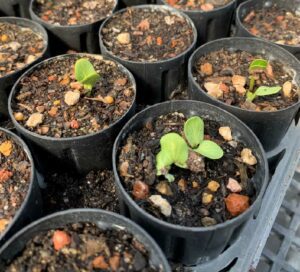
California milkweed grown from seed at the Watershed Nursery. Photo by Haley Sutton
Our current success is thanks to the hard work of our volunteer Diablo Restoration Team members, who work hard to plant, protect, and care for native plants at our workdays.
They’ve been restoring many of our properties, including Mangini Ranch Educational Preserve, Curry Canyon Ranch, Marsh Creek 6, and more.
Consider getting your hands DiRTy with us by joining our Diablo Restoration Team to plant and care for native plants throughout our properties!
Top photo by Laura Latimer

